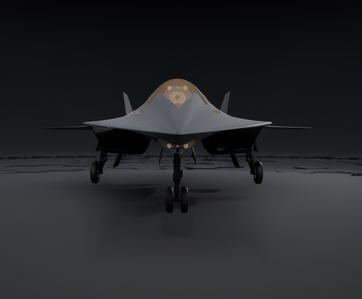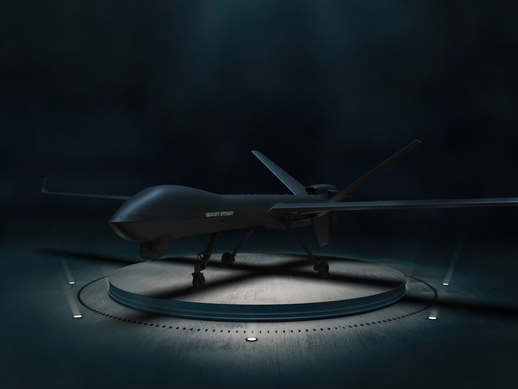Solutions
The aerospace industry is considered one of the most innovative and progressive technology sectors worldwide.All global manufacturers are interested in developing new technologies for the production of graphene composite parts.Due to the high cost of graphene only certain industries are able to consume it. First of all, those where the contribution of graphene to the cost is economically justified due to the high cost of the final product, for example, parts for the aerospace industry made of grapheme composite materials.
Graphene is used as a structure-regulating agent to adjust the orientation and graphitization of polymers.
The use of high-strength and high-modulus carbon fiber (PAN / graphene) in the production of graphene composites in order to achieve high strength and weight indicators is due to the use of special equipment (QMRM matrix, etc.).At the heart of this system is built-in tooling heating technology, the heating elements of which are located close to the surface of the mold, where they use a certain energy for heating, which provides fast and accurate control of temperature and other parameters.Special equipment (QMRM matrices, etc.) must provide certain conditions necessary for the polymerization of graphene composites, with the ability to control and influence the process of molecular resonance during polymerization.The use of graphene composites in the design made it possible to produce a wing of greater elongation with increased rigidity, which in turn increased the aerodynamic quality and operational efficiency (combating the elastic divergence of the wing).The use of innovative technologies for polymerization makes it possible to obtain graphene composites with parameters that are unattainable using traditional methods and technologies.
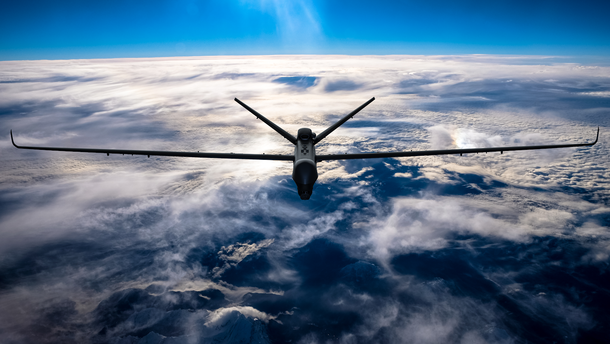 A recent breakthrough in materials science research has opened up exciting possibilities for the aerospace and defense industries.
A recent breakthrough in materials science research has opened up exciting possibilities for the aerospace and defense industries. Graphene, a two-dimensional form of carbon, is a material with extraordinary properties that could potentially revolutionize the way we build UAV, aircraft, spacecraft and defense systems.
Graphene is incredibly strong and lightweight, with a strength-to-weight ratio that is 200 times greater than steel. It also has excellent electrical and thermal conductivity, making it an ideal material for a variety of applications. With graphene, engineers could create lighter, more efficient UAV and spacecraft, with greater aerodynamic performance, and enhanced structural integrity.
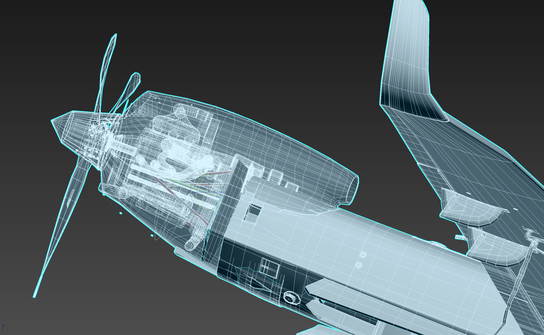
In the defense industry, graphene’s lightweight and strong properties could be used to build better armor plating for military vehicles and personnel, as well as advanced sensors and radar systems. Its electrical and thermal conductivity could also be used in high-performance batteries and thermal management systems, allowing for increased operational capability.
The possibilities don’t end there. Graphene could also be used to create a new generation of smart materials, with the ability to change shape or properties in response to different environments. This could be used to create adaptive airframes for UAV and spacecraft, as well as smart armor for military vehicles.
The aerospace and defense industries are just beginning to explore the potential of graphene and are working hard to develop the necessary production processes and materials to make use of the material.
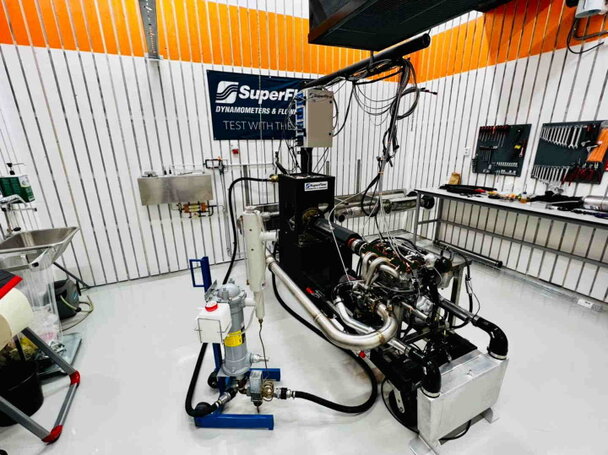
The internal combustion engine is made with cutting edge manufacturing technology, with aero engine blocks made by a casting process that involves something called sand printing.
An UAV «GHOST STRAT» power unit is not simply an engine. This definition shows that there are actually multiple components that go into the power unit – particularly in the current era of UAVs, where the most complex power units ever seen in the UAVs are currently used.
1. Internal Combustion Engine (ICE)
2. Turbocharger (TC)
3. Control Electronics (CE)
Reliability is a key requirement of modern UAVs engines.
These incredibly complex and highly engineered engines require an equally complex and detail-oriented approach to making them.
Each of the individual parts needs to be designed via Computer Aided Design (CAD) software. Each part is then manufactured and tested rigorously. These tests include x-rays, microscopes, and robotic measuring machines. Only then can the engine be assembled.
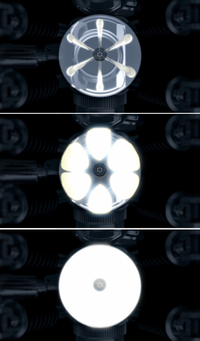
Combustion development is a key enabler to achieving future UAVs fuel economy and emissions targets. IC Aerospace Group has been conducting advanced combustion research, culminating in the development of the PCS system.
Passive PCS is a pre-chamber based combustion system, for spark ignited aero engines. The PCS insert features a small pre-chamber, housing the spark plug, connected to the main combustion chamber by a number of targeted nozzles.
• Fast, stable combustion (up to 40% reduction in 10-90% burn durations)
› Higher compression ratio for greater efficiency
› Enhanced λ=1 capability at high load
• Whole map operation without the requirement for a 2nd ignition system in the main chamber
• Compatible with HF fuelling
• Stoichiometric operation enabling use of conventional aftertreatment systems

The Control Electronics (CE) will govern the aero engine to its maximum rated rpm and generate full power. Careful blade selection will ensure this power is translated into the maximum attainable thrust by allowing optimum blade angle of attack.
Once clear of obstacles (or after the full power time limit of the aero engine), the aero engine rpm will be lowered to its unrestricted operational rpm.
Small incremental pitch adjustments will automatically be made to keep the blade at an optimum angle, as the altitude increases. The propeller will now deliver a strong, consistently higher rate of climb. UAVs operating in hazardous conditions benefit enormously from the increased climb performance.
Once you have achieved your cruising altitude, the aero engine rpm will be lowered to near its torque peak (depends on settings). The pitch will be automatically controlled to maintain this rpm regardless of altitude or attitude.
The propeller will substantially increase the possible descent rate during landing in a controllable way. It does this since the pitch control mechanism will naturally adjust to the finest pitch possible during partial throttle settings. The flatter blade pitch acts as a large wind brake for the UAV, helping to slow it down.
UAV is a good example of how aero engine speed control and pitch management can be distilled to a simple selection of flight mode. Take off, Climb, Cruise + special modes to enhance safety.
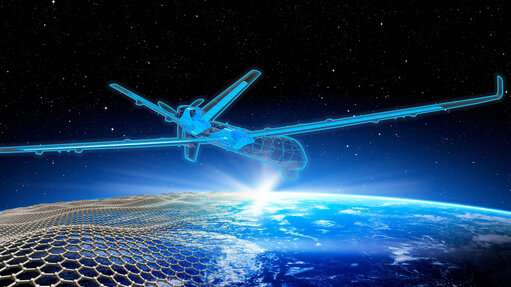 We technology leading in aerostructures, supporting our customers in making UAVs fly faster, further and greener.
We technology leading in aerostructures, supporting our customers in making UAVs fly faster, further and greener. We provide empennages, wing structures, fuselages and components for major platforms UAVs ranging. With lightweight graphene composites, additive manufacturing and innovative high speed machining technologies we help to reduce emissions and weight on the UAV.
All this makes it possible to set new world records of flight altitude and range of new generation UAVs, demonstrate the advantages of new materials used in the production of UAV components (wings, empennages, fuselage, aero engine, etc.).
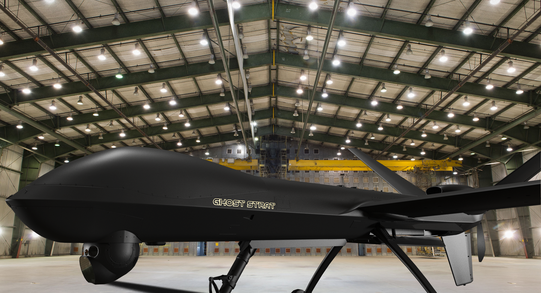 Wings
Wings Latest innovations in the area of numeric airstream simulations permitted decisive improvements in the flying performance. Among other things, our engineers were able to optimize the 3D airflow around the fuselage/wing transition as well as at the wingtips, using a commercial CFD coding process. The totally new wing permits a very high wing loading thereby achieving maximum performance in the high speed spectrum.
The newly developed wing profiles, based on the latest aerodynamic insights and wind tunnel measurements, have all the characteristics of modern laminar profiles: very low drag combined with higher lift while circling and pleasant handling.
Next-generation aerospace aero-graphene
Aero-graphene can be utilized in UAV in a variety of ways, including improving the plastic that binds together the carbon fiber within the fuselages and wings.
The thermally adjusted aero-graphenes are structurally solid and rigid, density (22 kg/m3) with an outstanding compressive strength (0.97 MPa). We can easily make a light, strong and modern UAV with these materials.
The future of the aviation industry relies on productive materials and design. Fuel-saving, lightweight, well aerodynamic balanced UAV.
We are engaged in the design, development, manufacture and assembly of graphene composite wings and fuselage structures.


